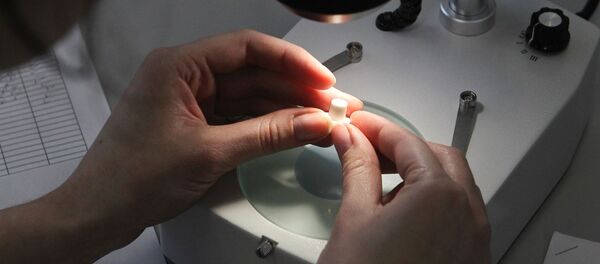Flexible nanowire electrodes are lattice structures that transmit over 95 percent of light, which, according to TPU scientists, is comparable to window-glass transparency. According to the researchers, they have a higher conductivity compared to silver nanowire electrodes.
The nanowire’s smoothness and the ratio of its diameter to its length are key characteristics that make it possible to achieve electrode transparency. By varying the concentration of certain ions in solution during synthesis, scientists created a nanowire with a ratio of 1/3100, over 1.5 times that of the best analogues.
According to experts, elements based on such nanowires are in high demand in modern opto-electronics. Transparent electrodes are needed to improve energy efficiency in solar panels, displays and LEDs. These elements also have the properties necessary to create high-quality flexible electronics.
“Tests have shown that electrodes remain electrically conductive after 2,500 bending cycles, which, after further optimization, makes them promising for practical use,” according to Evgenia Sheremet, a professor at TPU’s Research School of High-Energy Physics.
The study was conducted together with researchers from the University of Electronic Science and Technology of China (Chengdu, PRC) and Chemnitz University of Technology (Chemnitz, Germany).
The study results were published in Nanomaterials magazine.


